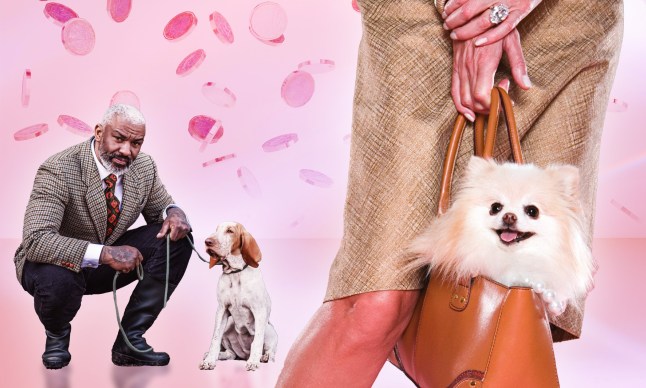
Pugs were beloved by Chinese Emperors, who bred them to create forehead wrinkles resembling the character for ‘prince’. Salukis were an esteemed companion of the Pharaohs of Ancient Egypt, who revered them for their speed. And throughout medieval Europe, lapdogs were a staple among the richest noblewomen.
We’ve long used pets to signal our tastes, lifestyle and even social class, but the breed of dog considered a status symbol these days is vastly different from years gone by.
There’s a lot of truth in the old adage that dogs look like their owners — in no small part because of why we choose certain breeds.
Although aesthetics are a major factor for many, 57% of dog owners were most influenced by previous experience. In another survey, 44% of thosewho identified as upper-class said they chose their dog’s breed because it reflected their social standing, and 80% of middle-class dog owners chose those that reflected their heritage.
Essentially, whether you grew up with a Lurcher or Lhasa Apso, you’re more likely to want the same as an adult. And when breed choice runs in families or across social groups, this leads to generation-spanning stereotypes about the ones certain people go for.
According to etiquette expert William Hanson, ‘there is a social hierarchy when it comes to the dog world’.
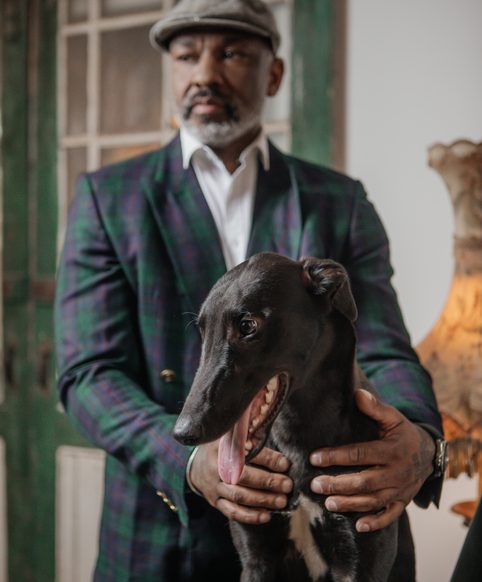
He told Daily Mail: ‘At the top of the social scale are Labradors, particularly black ones (yellow ones don’t have the same cachet). Smart breeds also include Jack Russells, terriers, King Charles Spaniels, Springer Spaniels, Whippets and (of course) Corgis.’
Explaining why hunting dogs and larger breeds are popular in wealthy households, Charlie Soames, head of UK operations at Pets4Homes, tells Metro: ‘Many upper-class families live in country estates and prioritise active, outdoorsy lifestyles that sometimes includes horse riding, shooting, and country walks.
‘Larger breeds align with this kind of lifestyle due to their size, athleticism and temperament. Choosing a hunting breed may also subtly reinforce an image of affluence and connection to traditional rural values.’
However, in her book on UK class markers, Watching the English, Kate Fox says that this group are ‘highly unlikely to admit that their choice of pet is in any way class-related’.
She adds: ‘The lower classes, meanwhile, are more likely to have Alsatians, Poodles, Afghans, Chihuahuas, Bull Terriers and, of course, Rottweilers.’
Alongside these unwritten class markers, research shows the price or rarity of a breed can be used to ‘satisfy the consumer’s need for status’ — but there are nuances to this.
Charlie argues that ‘higher social classes are more likely to invest in expensive purebred dogs, or designer breeds’, as they’re ‘costly to purchase and expensive to maintain and care for, which signals a lifestyle with a good amount of disposable income.’
On the contrary, ‘for those with more limited resources, adoption from rescue organisations or pet rehoming platforms may be a preferred option.’
What your dog says about you
Golden Retriever
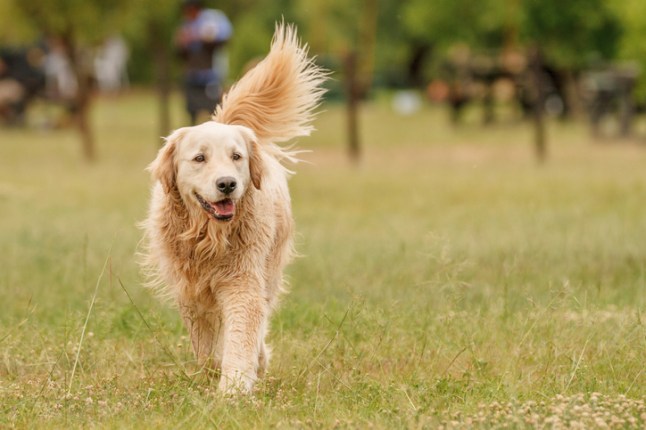
‘Golden Retriever owners are usually warm and family-centred, reflecting the breed’s famously friendly nature,’ says Charlie.
‘They often value loyalty and enjoy having a dog as eager to socialise as they are. The owners of this classic breed might be active and outdoorsy, fitting perfectly with the Golden Retriever’s adventurous streak.’
Spaniel
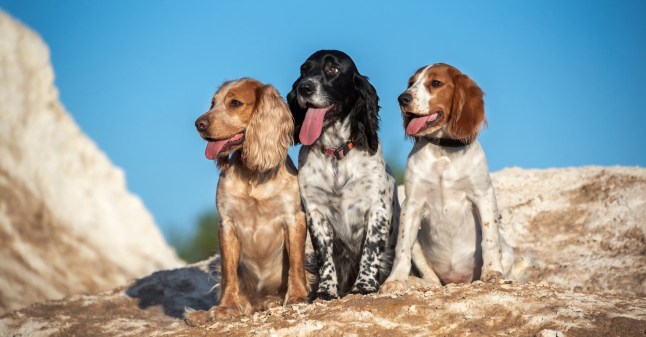
As a breed type formerly used for hunting, Spaniel ownership signals wealth alongside an active lifestyle filled with country pursuits.
In a Kennel Club survey, Springer Spaniel owners ranked as the most traditional, reserved, and punctual, while people with Cocker Spaniels were most creative and family-orientated.
Dobermann
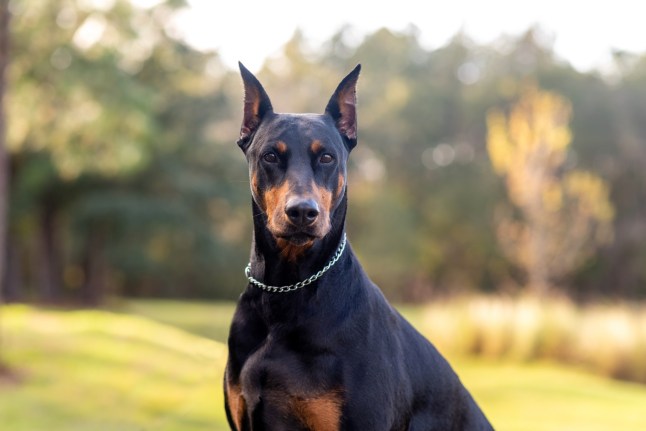
Charlie says: ‘Doberman owners typically value loyalty and protection in their pets. This choice of dog suggests an active lifestyle aligned with the breed’s intelligence and athleticism.
‘Since Dobermans require consistent training and leadership, their owners are often authoritative and confident, with an ability to establish structure and discipline with their dog.’
Cockapoo or Maltipoo
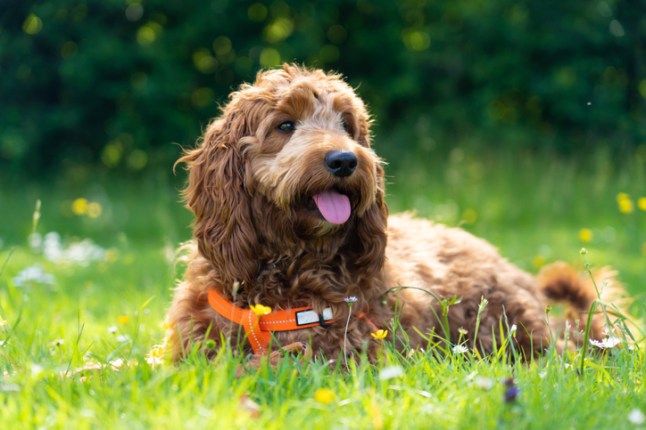
‘The Cockapoo is unashamedly middle-class,’ says The Very Real Vet.
Charlie adds of its slightly smaller but equally fluffy counterpart: ‘Maltipoo owners are often sociable and nurturing individuals who enjoy a small touch of elegance in their lives.
‘They appreciate a small, easygoing companion that fits comfortably in either a city or country life, prioritising a playful and affectionate pet.’
Goldendoodle
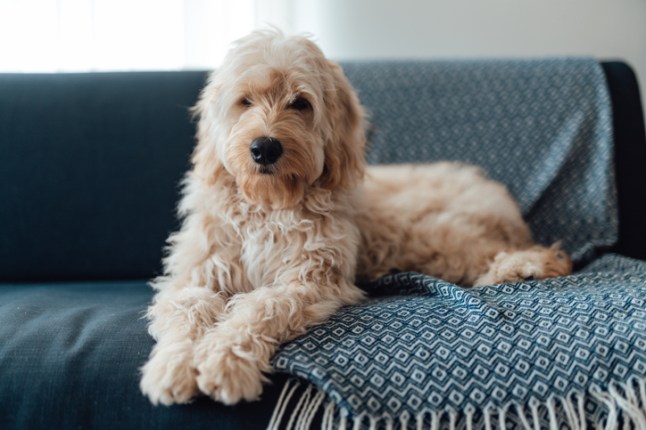
Charlie calls owners of these dogs ‘active and social’, adding: ‘Owning a Goldendoodle suggests that they tend to prioritise compatibility with children/other pets, and have a preference for a versatile breed suited to both outdoor fun, and relaxing downtime.’
Whippet
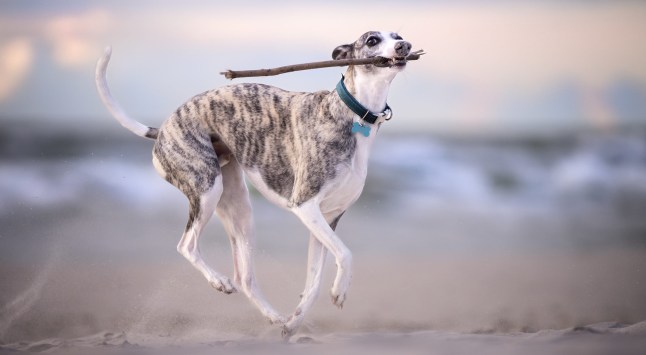
‘Whippets are usually calm and gentle dogs, who also enjoy bursts of energy during outdoor activities,’ says Charlie.
‘Similarly, Whippet owners are often laidback and patient people who appreciate a peaceful lifestyle while still making room for nature and exercise.’
Terrier
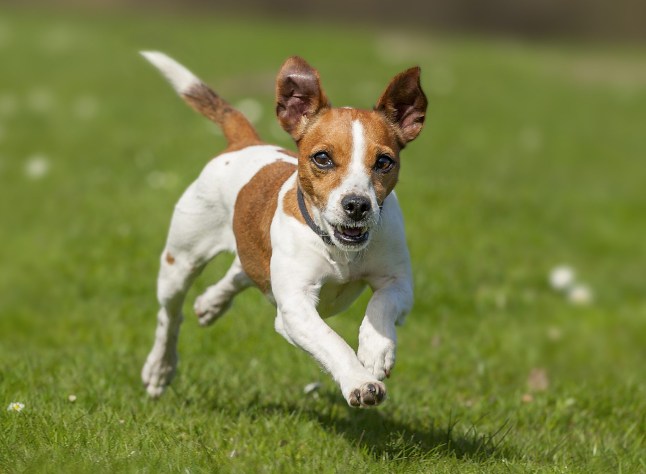
The Very Real Vet says: ‘A firm favourite with thirty-something female horse enthusiasts, I rate JRT owners as being most likely to also own a pony, and to be wearing a gilet.’
In the Kennel Club’s survey, owners of this breed were found to be the most loyal and faithful.
Meanwhile, Border Terrier owners won out as most charming, lively and exuberant and Staffordshire Bull Terrier owners most affectionate and trustworthy.
Pomeranians, Pugs and Pekingese were all favourites of avid animal lover Queen Victoria. In recent years though, our perception of so-called ‘toy dogs’ has dramatically shifted.
According to Pets4Homes’ data, toy breeds have decreased from 24% of all puppies sold on the platform to just 12% as of July 2024.
It could be said this is down to the Paris Hilton effect; the golden age of the early 00s where every LA ‘it girl’ seemed to come with a teacup-sized pooch in a designer handbag.
Anthrozoologist and psychology professor Harold Herzog claims that when ‘a cultural variant associated with the rich’ becomes popular across the class divide, ‘tastes of the upper class then shift to a new, more exclusive form.’
Effectively, the more the rest of us saw the elite carrying these tiny animal ‘accessories’, the more we tried to follow suit — and the less desirable they were for the elite in turn.
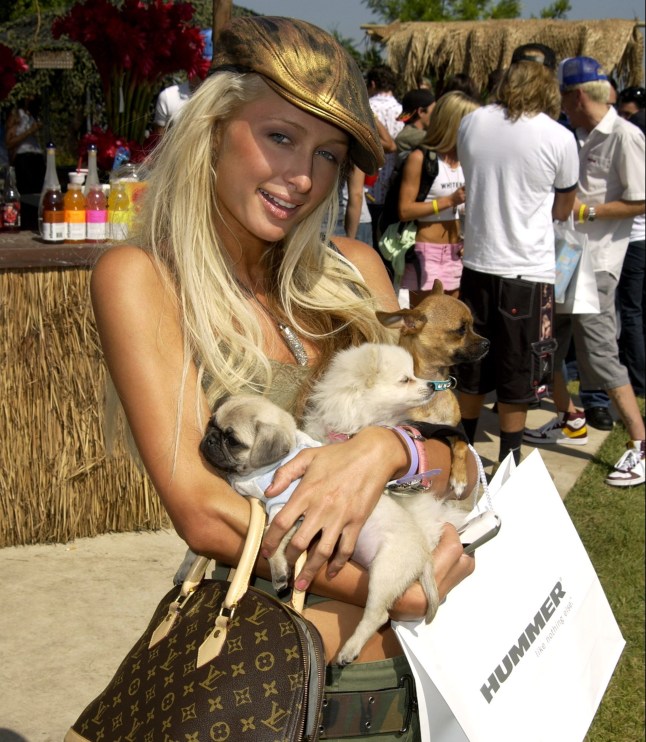
Instead, Charlie says ‘larger, more versatile dogs, often better suited for active, family-oriented lives, have grown in popularity, reflecting a broader cultural shift in how pets are valued as companions, not accessories.’
Popular opinion can also impact a breed’s perception, as has been the case for brachycephalic breeds like the Pug or French Bulldog.
Campaigns from the likes of Blue Cross and the British Veterinary Association’s Breed have spread awareness of the health problems faced by these dogs, bred for their short skulls and flattened faces, which can include breathing disorders, eye disease, dental problems, and skin infections.
As such, in the last decade we’ve seen Pugs go from the UK’s fourth most popular dog to dropping out of the top 15, with Kennel Club registrations dropping by 78%.
‘There is a growing trend of conscientious pet ownership with a focus on health and ethical breeding, says Charlie. ‘This shift reflects a broader awareness of animal welfare and the importance of supporting breeders who prioritise the wellbeing of their animals over profit.’
Or, look at the collection of breeds known as XL Bullies. These have been considered aggressive for some time due to their use in dog fights, but news coverage of attacks and a subsequent government ban has reinforced the belief that dogs with their physical characteristics are the preserve of irresponsible people who wish to intimidate others. This also applies to other larger breeds, which are associated with anti-social behaviour.
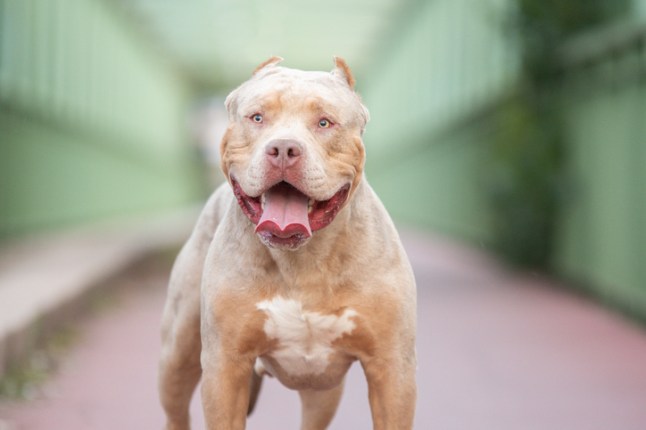
In 2025, designer mixed breeds reign supreme, appealing to the socially-conscious owner as well as the one seeking social cachet.
Of the five most popular breeds from the last year on Pets4Homes, Goldendoodle (a mixture of Golden Retriever and Poodle) came top and Maltipoo (Maltese and Toy or Miniature Poodle) was third.
In the past these may have been thought of as ‘mongrels’, but are now being snapped up by the upper middle classes for far more than purebreds, in part thanks to the idea that crossbreeding leads to healthier dogs that shed less and have more balanced temperaments.
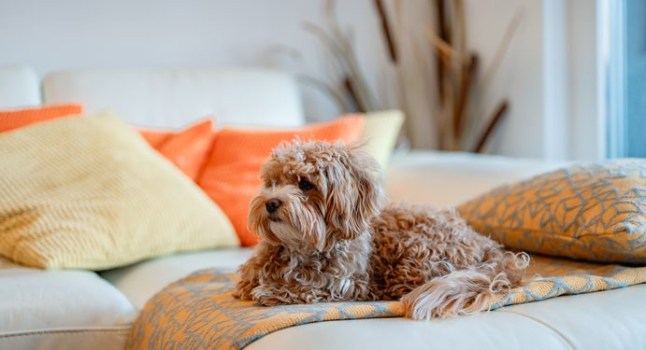
Others may be drawn to the ‘cute’ portmanteau names and their current fashionable image, with one Reddit user saying: ‘I’m in St Albans. If you don’t have a designer a doggo, you are a nobody!’
If these breeds follow the same trend as toy dogs, in a decade they’ll have fallen down the ladder to become the preserve of the lower classes.
The next top dog is yet to be seen, but the current trajectory suggests animal welfare will be an important decision-making factor across the board.
Charlie says: ‘Regardless of financial circumstances, the focus on ensuring pets are sourced responsibly and cared for appropriately is becoming a shared priority among all pet owners.’
Do you have a story to share?
Get in touch by emailing MetroLifestyleTeam@Metro.co.uk.
MORE: Lynx dies after big cats released illegally into UK countryside
MORE: My dogs died weeks apart – then the insensitive questions started
MORE: What really happens when somebody goes missing in the UK?












